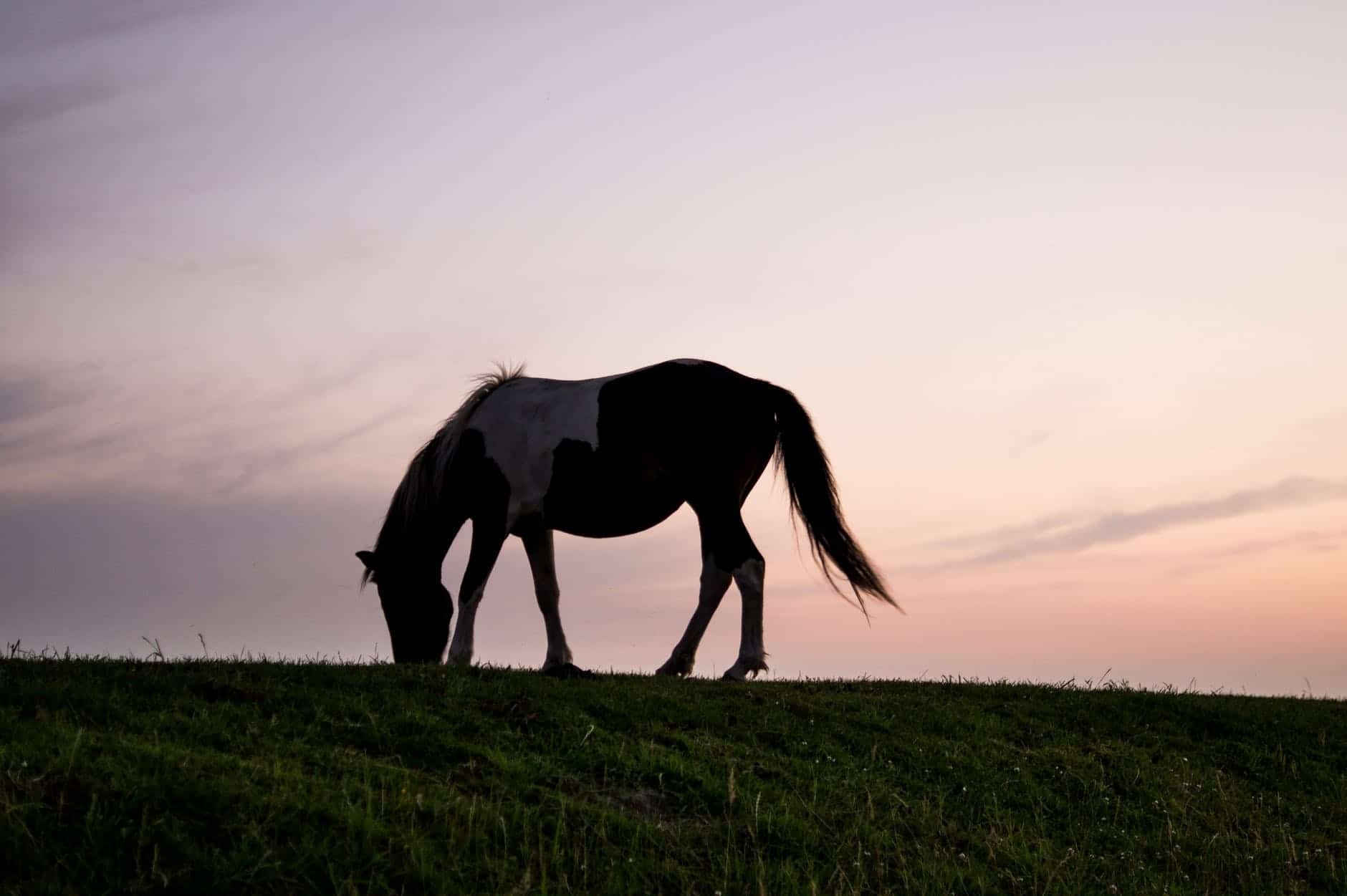Canada-wide flat shipping $9.99 | Free shipping for orders over $100
Disclosure: I did not receive any compensation for this review and paid full price for the clinic. Below is my honest, unbiased review.
I’ve had a keen interest in hooves since purchasing Alice, who had very “thrushy” hooves when she came to me. Who hasn’t heard of the adage “No hoof, no horse?”
This weekend, I had the opportunity to attend the Level 1 Recognizing and Developing Healthy Hooves given by Metta Equus.
Initially, I thought this clinic was all about trimming hooves. After taking a look at the description, I realized that this was the first crucial step toward understanding hooves before getting anywhere near a hoof. We covered hoof anatomy, criteria of a healthy hoof, common hoof issues, factors that impact hoof health, alternative hoof protection and, of course, much more! Toward the end, we got to stretch our legs and watch a trim demonstration. I know this particular hoof practitioner, so it was a special treat for her to walk us through her process.
Metta Equus is a company started by two Quebec Hoof Care Practitioners and businesswomen, Maia Chaput and Catherine Larose. Both are highly respected in our community for their barefoot trimming and ability to rehabilitate horses which nasty foot issues.
The clinic was held at a local venue. There were about 20 equestrians that attended from all walks of life: some owning horses at home, some competing, some having bought OTTB, some prospective buyers and some were even other horse care providers. The mix of experience in the room led to diverse questions and discussions. It was a great group and the dynamic in the room was conducive to learning.
I loved the clinic and I look forward to level 2 in a few weeks. I walked away from the day with more action items than I expected. Maia and Catherine were generous with their knowledge and experience as well as patient when explaining the nuances of hoof care. What a passionate team!
At the end of the day, not a single person left that room indifferent. And more than a few of us after the clinic went directly to the barn to inspect our horse’s hooves with a more critical eye.
I’ve signed up for the Level 2 Clinic, so I’ll have even more to share in a few weeks.

3 Responses